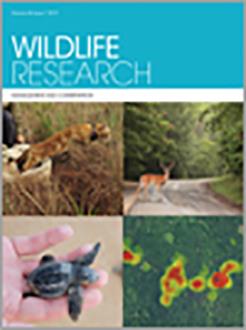Context. Seabirds were the most common taxa captured alive as part of the oiled wildlife response to the grounding of the container vessel MV Rena in the Bay of Plenty, New Zealand.
Aims. To describe the management of seabirds during the spill response, to outline the common problems encountered and to make recommendations for future responses.
Methods. Seabirds were collected from 7 October 2011 to 14 January 2012. They were stabilised and underwent pretreatment, washing and rinsing procedures to remove oil, followed by swimming physiotherapy to restore waterproofing and long-term housing in outdoor aviaries. The birds were released in batches close to the original sites of capture once the wild habitat was cleaned.
Key results. 428 live seabirds were admitted. There were two temporal peaks in admissions associated with the ship grounding and when the ship broke up. The majority of live birds were little penguins (Eudyptula minor; 394/428, 92%). Most seabirds admitted (393/428, 91.8%) were contaminated with heavy fuel oil, with the remainder (35/428, 8.2%) found unoiled but starving and/or exhausted or with injuries. Little penguins had lower mortality during rehabilitation (28/394, 7.1%) than other seabird species combined (27/34, 79.4%). Seabirds in poorer body condition on arrival had higher mortality, and unoiled birds were also more likely to die than oiled birds. In oiled little penguins, the degree of oiling on the plumage ranged from 1 to 100%, but mortality was not significantly associated with the degree of oiling (P = 0.887). Pododermatitis affected 66% of little penguins. The most common causes of death (n = 45) included weakness, anaemia and hypothermia in oiled seabirds (16/45, 35.6%), and starvation and weakness in unoiled seabirds (14/45, 31.1%).
Conclusions. Total survival to release was 87.1%, primarily influenced by the species involved and the body condition of the birds on arrival. Unoiled seabirds had higher mortality rates than oiled seabirds.
Implications. Oiled wildlife can be rehabilitated with good success, even when heavily oiled, or to a lesser extent, when found in poor body condition. More work is needed to refine species-specific rehabilitation protocols for seabirds, especially for those being admitted in emaciated body condition.






